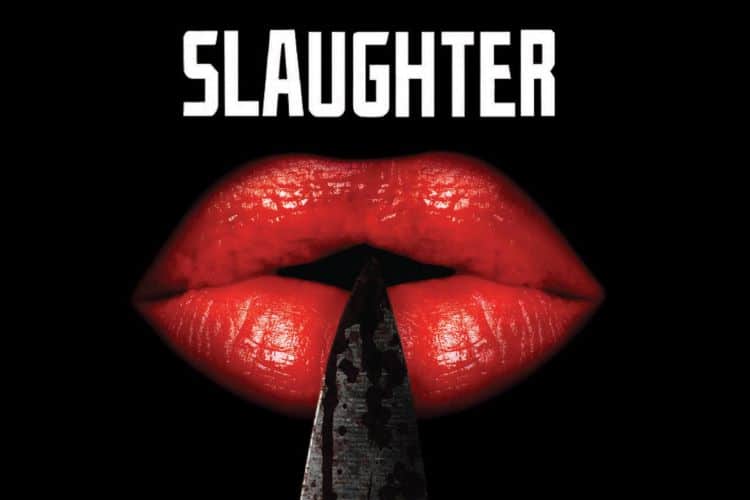Hoping to watch a fresh “Daily Show with Jon Stewart” or “Late Night with Conan O’Brien” this week? Well, you’re out of luck as the Writers Guild of America (WGA) went on strike early Monday morning forcing many late-night shows to go dark and stopping production on most networks’ scripted series.
The main bone of contention? Writers want a bigger chunk of residuals from Internet and DVD sales. Movie and TV producers claim that they can’t quantify yet how much money they’ll make from this “new media.” It seems a little weak to claim on the producers’ part to claim they can’t estimate how much they estimate that these new revenue streams will create, but for them not to make some concessions to the writers seems misguided in the long term.
The longer the strike continues, the more serious the problems will be for the broadcast networks. During the previous strike in 1988 which lasted five months, the networks lost about $500 million. This number could likely increase significantly as advertisers have a much wider pool of alternatives to consider compared to 20 years ago. Many cable networks would likely benefit from a strike since they don’t rely as heavily on regularly scripted programs.
Some argue that the strike could be a cost savings for networks, particularly in relation to development season. Last year, networks spent $400 million developing new programming of which only a fraction will return on its initial investment. But viewers have come to expect new shows during the fall season and if they’re faced with the same old lineups next fall, this thinking could backfire for networks.
The longer the strike lasts, the more desperate the networks may become. By mid-January, most networks would run out of scripted programming. And if networks were forced to rely heavily on reality programming (which ironically also relies on writers, just those not covered by WGA contracts) or news shows, it could send viewers running toward other sources of entertainment – YouTube, DVDs of TV series they used to enjoy, video games or, crazy enough, books. And once there, they may never come back. Or they may force networks to resort to even more “on-demand” programming so as to retain what audiences they can.
Consider that in 1988, the Los Angeles Times reports that the top two shows – “The Cosby Show” and “Roseanne” – were seen in 25 percent of households with TVs. Today, “CSI” and “Grey’s Anatomy” are only seen in about 13 percent of households.
And these numbers were likely to continue to drop even without a writers’ strike. Consequently, broadcast networks have seen advertising spending drop by nearly a billion dollars in the last few years. A prolonged walkout will only see these numbers — both revenues and audience sizes — fall faster.




Leave a Reply